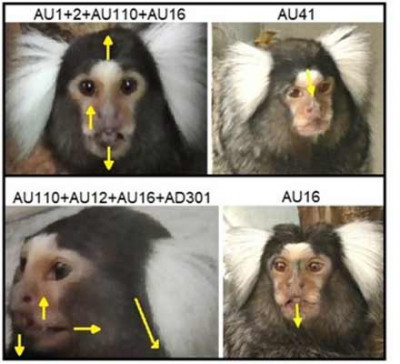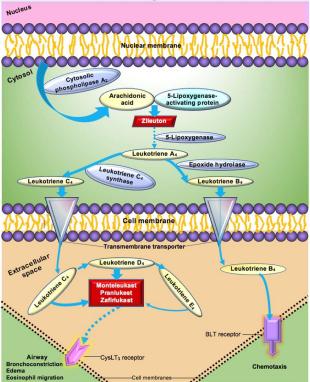2022-05-19 オークリッジ国立研究所(ORNL)
米エネルギー省(DOE)のオークリッジ国立研究所(ORNL)の科学者が主導した中性子実験により、AMPが細菌感染を阻止する仕組みについて新たな知見が得られた。研究チームは、アウレイン1.2という有効なAMPを研究することによって、このペプチドが少量の細菌細胞に大きなダメージを与えることができる分子機構を解明したのである。この研究成果は、『BBA Advances』誌に掲載され、抗生物質耐性菌をより効率的かつ効果的に攻撃する薬剤の開発に役立つと期待されている。
<関連情報>
- https://neutrons.ornl.gov/content/mystery-mechanism-small-peptide-shows-big-promise-fighting-antibiotic-resistant-bacteria
- https://www.sciencedirect.com/science/article/pii/S2667160322000060?via%3Dihub
短い抗菌ペプチドの荷電脂質二重層への相互作用。アウレイン1.2ペプチドのケーススタディ Interaction of a short antimicrobial peptide on charged lipid bilayer: A case study on aurein 1.2 peptide
Shuo Qian,Piotr A.Zolnierczuk
BBA Advances Published:16 February 2022
DOI:https://doi.org/10.1016/j.bbadva.2022.100045

Abstract
Aurein 1.2 (aurein) is a short but active α-helical antimicrobial peptide discovered in Australian tree frogs (Litoria aurea). It shows inhibition on a broad spectrum of bacteria and cancer cells. With well-defined helicity, amphipathicity, and cationic charges, it readily binds to membranes and causes membrane change and disruption. This study provides details on how aurein interacts with charged lipid membranes by using neutron membrane diffraction (NMD) and neutron spin echo (NSE) spectroscopy on complex peptide-membrane systems. NMD provides higher resolution lipid bilayer structures than solution scattering. NMD revealed the peptide is mostly associated in the lipid headgroup region. Even at moderately high concentrations (e.g., peptide:lipid ratio of 1:30), aurein is located at the acyl chain-headgroup region without deep penetration into the hydrophobic acyl chain. However, it does reduce the elasticity of the membrane at that concentration, which was corroborated by the NSE results. Furthermore, NSE shows that aurein first softens the membrane, like many other α-helical peptides at low concentration, but then makes the membrane much more rigid, even without membrane pore formation. Combining our previous studies, the evidence shows that aurein at relatively low concentrations still modifies lipid distribution significantly and can cause membrane thinning and lateral segregation of charged lipids. At the same time, the membrane’s mechanical properties are modified with much slower lipid diffusion. This suggests that aurein can attack the microbial membrane without the need to form membrane pores or disintegrate membranes; instead, it promotes the formation of domains at low concentration.


